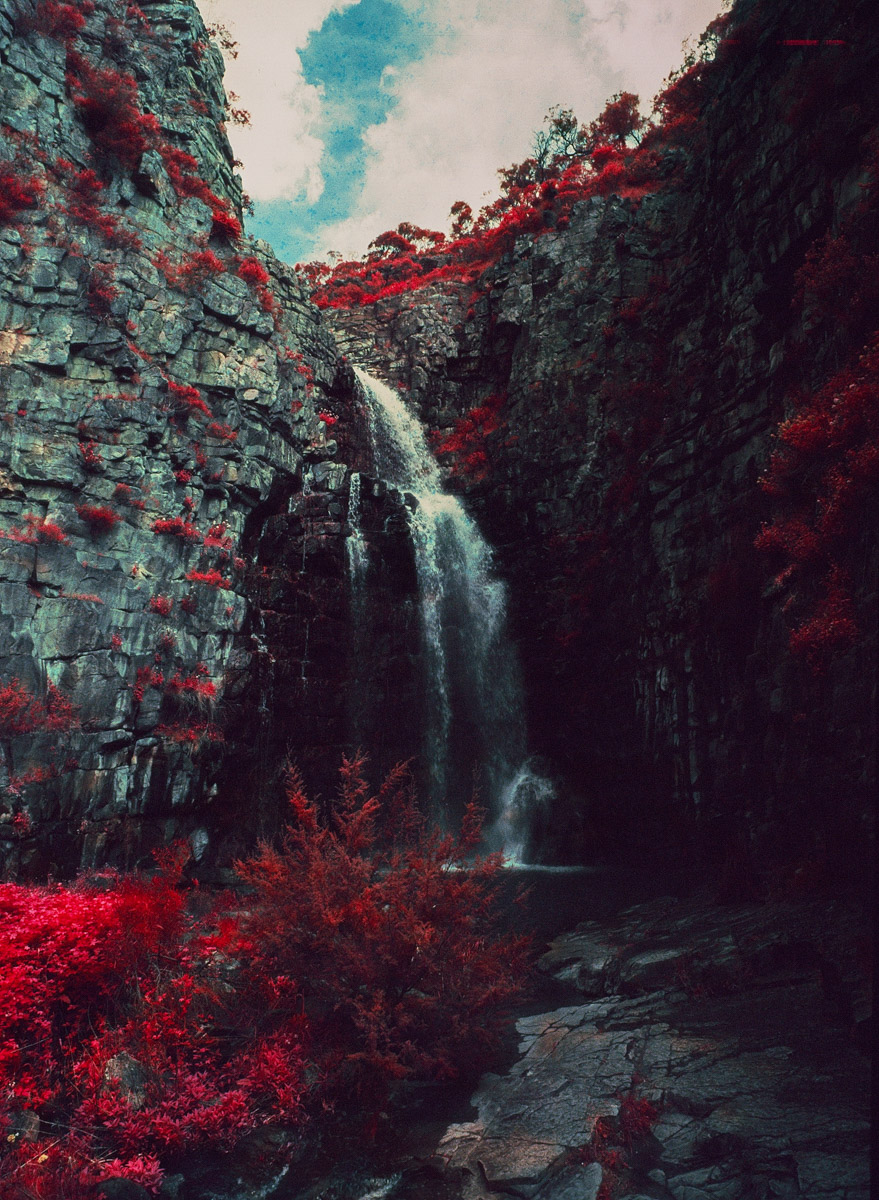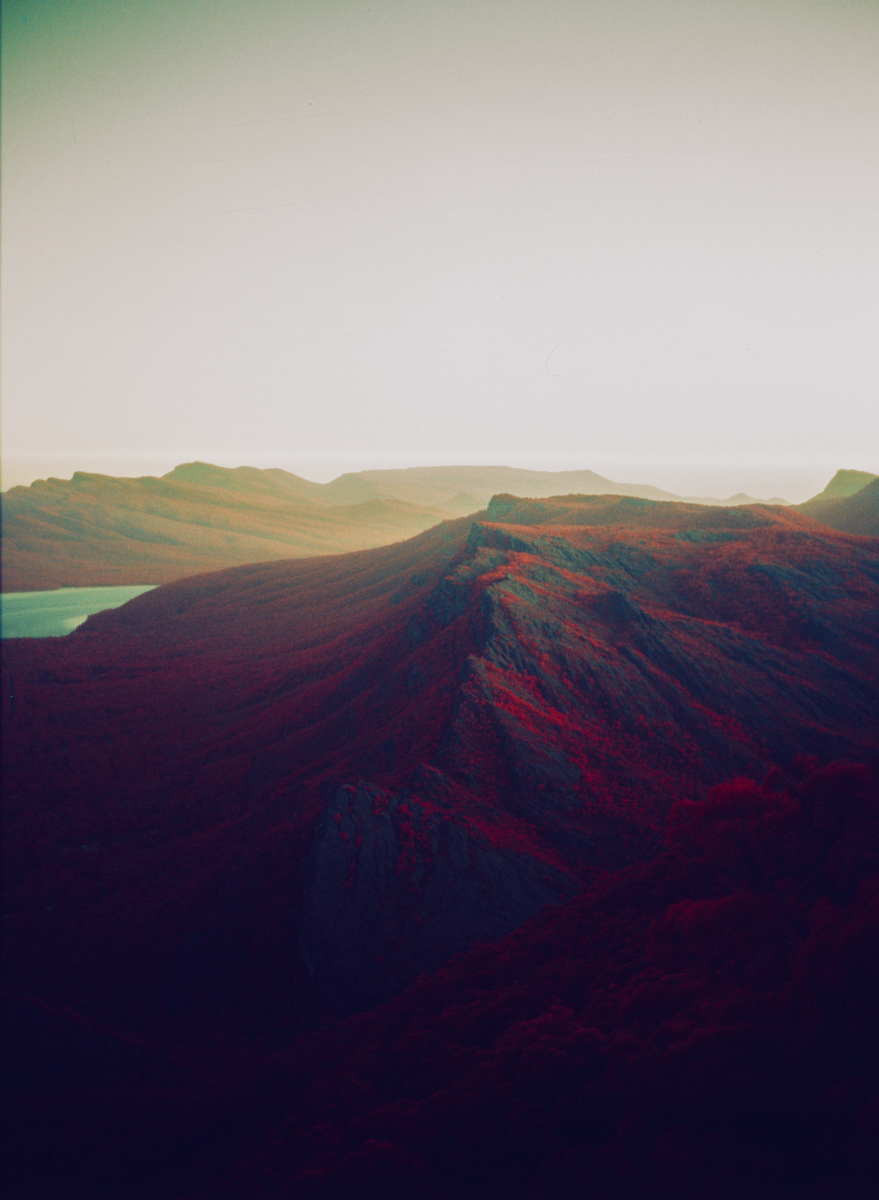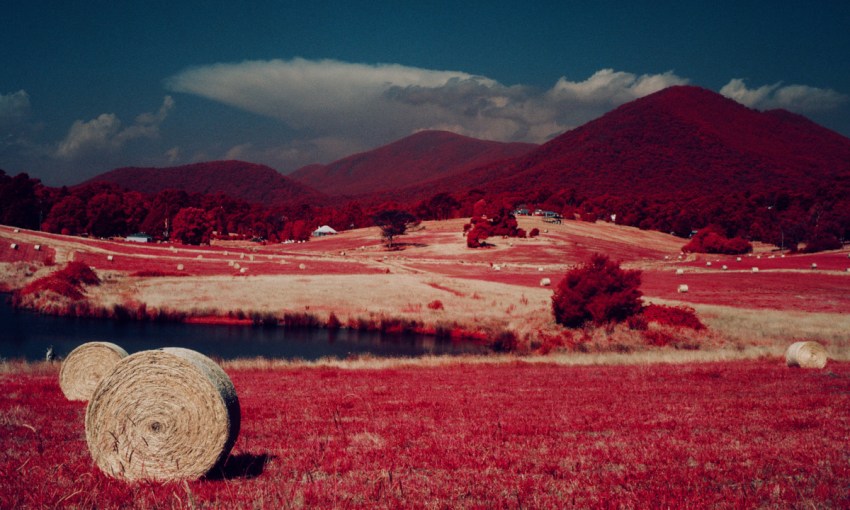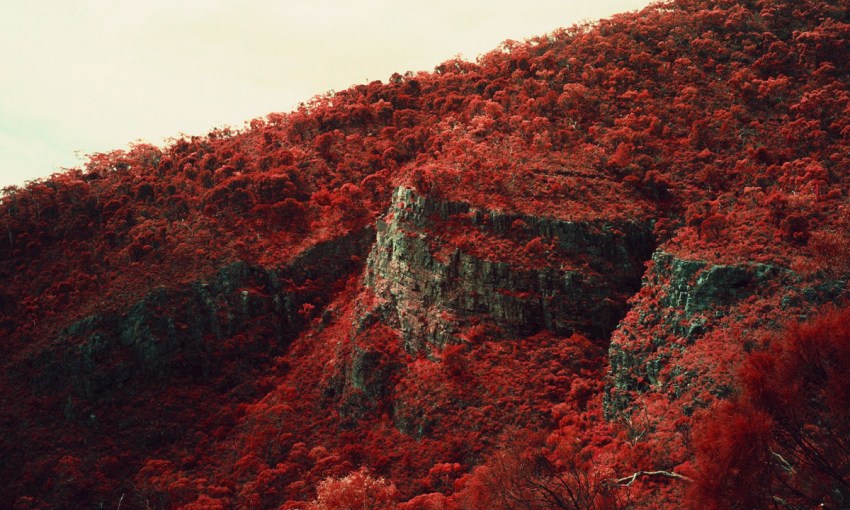On show at this years Adelaide Film Festival, Red Earth is an experimental film showcasing the effects of climate change on our South Australian backyard.
Red Earth takes a fresh look at South Australia’s landscape
Bryce Kraehenbuehl is an experimental filmmaker and is currently creating Red Earth, set to be shown at the 2023 Adelaide Film Festival at the end of October.
Bryce describes experimental filmmaking as a “pure experience” without focusing on the nitty-gritty of structure like a traditional narrative film.
“I think experimental film, for me at least – and some people disagree – is more of a weirdly technical medium,” he says.
“I think it’s having an idea or having a concept of something you want to try, and just trying it and not putting it within the bounds of a narrative or anything in particular. Not being super worried about form, just really playing.”
In what has been a “five or six year” work in progress, Red Earth highlights the beauty of an imagined future in rural South Australia, in places likely to become extinct, through an archive of photographs.
“The idea behind it is exploring ecosystems in South Australia that are possibly going extinct, or could go extinct due to climate change, and then filming and photographing those same landscapes,” Bryce says.
“It’s places that will be endangered due to climate change, rather than necessarily places that are endangered right now.
“I’m just trying to get a good snapshot of South Australia and the different places there are.”

A snap from Bryce’s travels
Bryce travelled across the state to visit places like Port Lincoln, Coffin Bay, Flinders Ranges and Deep Creek. Through his quest and passion to acknowledge climate change in our own backyard, Bryce discovered parts of South Australia he never would have known about.
“There was one place in the Flinders Ranges, and there’s like mangroves in the foreground, and then there’s the ocean, and then there’s the Flinders Ranges in the background — you don’t really think about the Flinders Ranges being right next to the ocean, but part of it is,” Bryce says.
“I’m really trying to both show these locations that people already know in a unique way, but also show that there are places that I don’t even know about that.”
New here? Sign up to receive the latest happenings from around our city, sent every Thursday afternoon.
Bryce mainly wants his 10-minute short film to be thought provoking.
“I think the thing is — it’s the sad thing but also like powerful thing, because it’s like we can still do something — there almost is no ecosystem that won’t be affected by this,” he says.
“The powerful part of why I want to say this is I have kind of got sick of the doom and gloom of climate change — it’s not doom and gloom.
“What I want to leave the audience with is the fact that some of these ecosystems may go, but something will come back.”

To capture the stunning red in the images, Bryce used a nearly extinct film called Aerochrome, which produces a false-colour infrared.
“Why I started the project was the fact that this film stock is very rare and has become recently very expensive,” he says.
“For a long time I only had access to some stills film that I bought. It’s only very recently I was lucky enough to acquire some 16 millimetre of it.”
He says part of the light it captures is on the infrared spectrum which allowed him to capture these landscapes as if taken from a weird kind of archive.
“The perspective is from the future where these places have gone extinct, and I wanted to kind of create the distance between the audience and the ecosystems,” Bryce says.
“It’s me actually experimenting [and] it’s doing things like taking macros — so very, very, very close up images of the original slide — and taking thousands of photographs, turning it into this kind of montage, like abstractions of the landscape.”
“[I’m] using all the natural audio that I’ve captured in these landscapes to create a visceral experience — I know that’s very hard to explain but it’s essentially just a montage of tiny little bits of each of the images.”
Red Earth will be will be featured in ‘The Made in SA’ section of the 2023 Adelaide Film Festival.
“By having my film play in the cinema my hope is that it will… allow the audience to reflect on the environments they live within,” Bryce says.
“It means a lot to be able to present a film that’s uniquely Australian to a home crowd and I look forward to what people have to say about it.”

This is Bryce and his Aerochrome
Prior to his Adelaide Film Festival contention, Bryce was awarded the Hanlon Larsen Screen Fellowship, which was established by The Mercury to encourage experimental and aspiring filmmakers to create bold work for Adelaide screens.
“So being awarded it [and] actually having a deadline to make something experimental and really play with the form was super exciting and liberating as an artist,” he says.
“Having the ability to make an experimental film that is purely for cinema, and for a viewing audience rather than that gallery crowd, I think is really unique and I think it’s an amazing thing to have here in South Australia.”
Connect with Bryce on Instagram for more.







